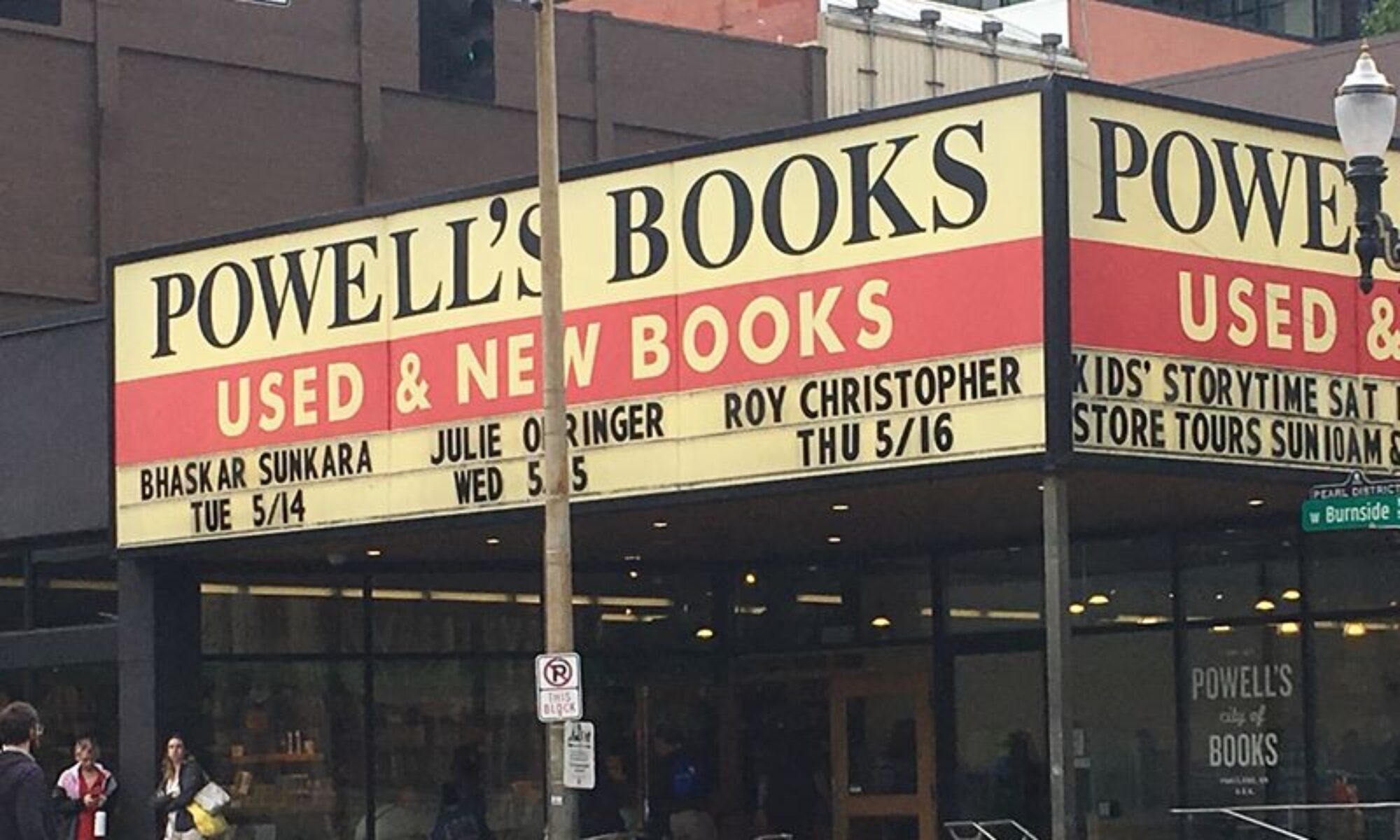I’ve spent the last several days reflecting on Adam Yauch and the Beastie Boys, their music, their projects, and their place as a cultural force. Growing up when I did, the Beasties were unavoidable. Every car, every boombox, every top-ten radio countdown had License to Ill (Def Jam, 1986) on blast. I hated it, but as much as I was repelled by the frat-boy antics of that record, it was impossible to ignore the significance. You knew you were witnessing something historic, that somehow things were different after that. And they were.

I didn’t get into the Beastie Boys music until they made the jump to the Left Coast and released Paul’s Boutique (Capitol, 1989) And, like most people, I didn’t recognize that record’s greatness until it’d been out a while. By the time they started running projects like Grand Royal Magazine, Grand Royal Records, and X-Large clothing, I had become a fan. Their undisputed comeback was with Check Your Head (Capitol, 1992). That record set the tone for the 1990s in a way that no other album did, and it shed new light on Paul’s Boutique, introducing a whole new crop of fans to the Beastie phenomenon. In the wake of the live instruments played on Check Your Head, a practice the Beasties had abandoned after Poly Wog Stew (Rat Cage, 1982), the sample-saturated Paul’s Boutique garnered new meaning. After the various sampling copyright lawsuits at the end of the 1980s, it was no longer a record one could make. Today it would be a free mixtape, and still have to dodge litigation from multiple parties. The Beastie Boys had moved on and on.
Their early success became a burden rather than a boon to their being taken seriously. Where Paul’s Boutique flirted with maturity, Check Your Head showed they meant business. It was still playful, still fun, and still silly, but it also proved that they weren’t a parody act, that they could downright rock things other than the mic, and that they were here to stay. Eventually these two records will get their due as two of the most important documents of the sound of their time, deserving their placement in the alphabet and their placement among music legends: right between The Beach Boys (Pet Sounds) and The Beatles (Sgt. Pepper’s Lonely Hearts Club Band).
Grand Royal was a magazine that I wish had lasted longer than it did. Its pages were driven by the interests of Adam Horivitz, Mike Diamonds, and Adam Yauch. That meant that just about anything could end up in there. From a fold-out dedication to Billy Joel (a.k.a. “The Fourth Beastie”) to an interview with a not-yet-famous, basement-recording Kid Rock, and from Biz Markie flexidisc to a calendar featuring demolition scenes, all put together with the inimitable Beasties flair. Their record label of the same name boasted a varied roster including acts like Atari Teenage Riot, At the Drive-In, Luscious Jackson, Jimmy Eat World, and Techno Animal, among many, many others. Their extended family includes The Dust Brothers, Mario Caldato Jr., Money Mark, Spike Jonze, Andy Jenkins, Mark Lewman, Sean Lennon, Ben Lee, Kathleen Hanna, Kim Gordon, Kim Deal, Eric Haze, Q-Tip, Rick Rubin, and John Doe, just to name a few. The reach of this network of creative souls is utterly impossible to gauge.
After Ill Communication (Capitol, 1994), the Beasties’ music and I parted ways again. We grew apart just as we’d grown together years before. I always kept an eye on what they were up to, but it was never mine again.
All of this stilted reminiscing over the Beastie Boys legacy is just to say that they are important, much more important than the bands that get the attention as such. The loss of Adam Yauch is a huge loss for all of us.
————
Here’s a recently unearthed, unaired clip of the Boys on Dave Chappelle’s show [runtime: 2:40] showing the raw sound they brought to the masses:

